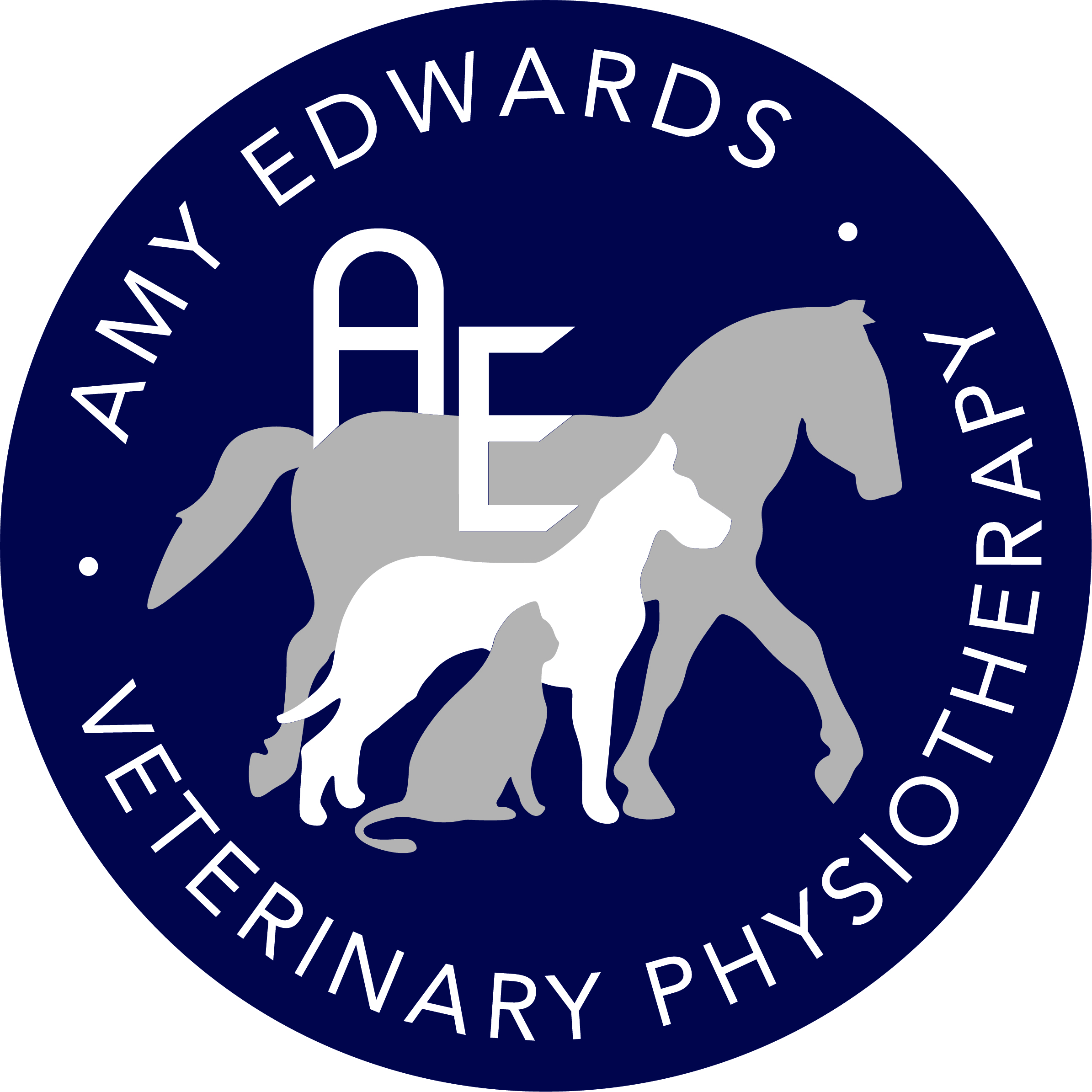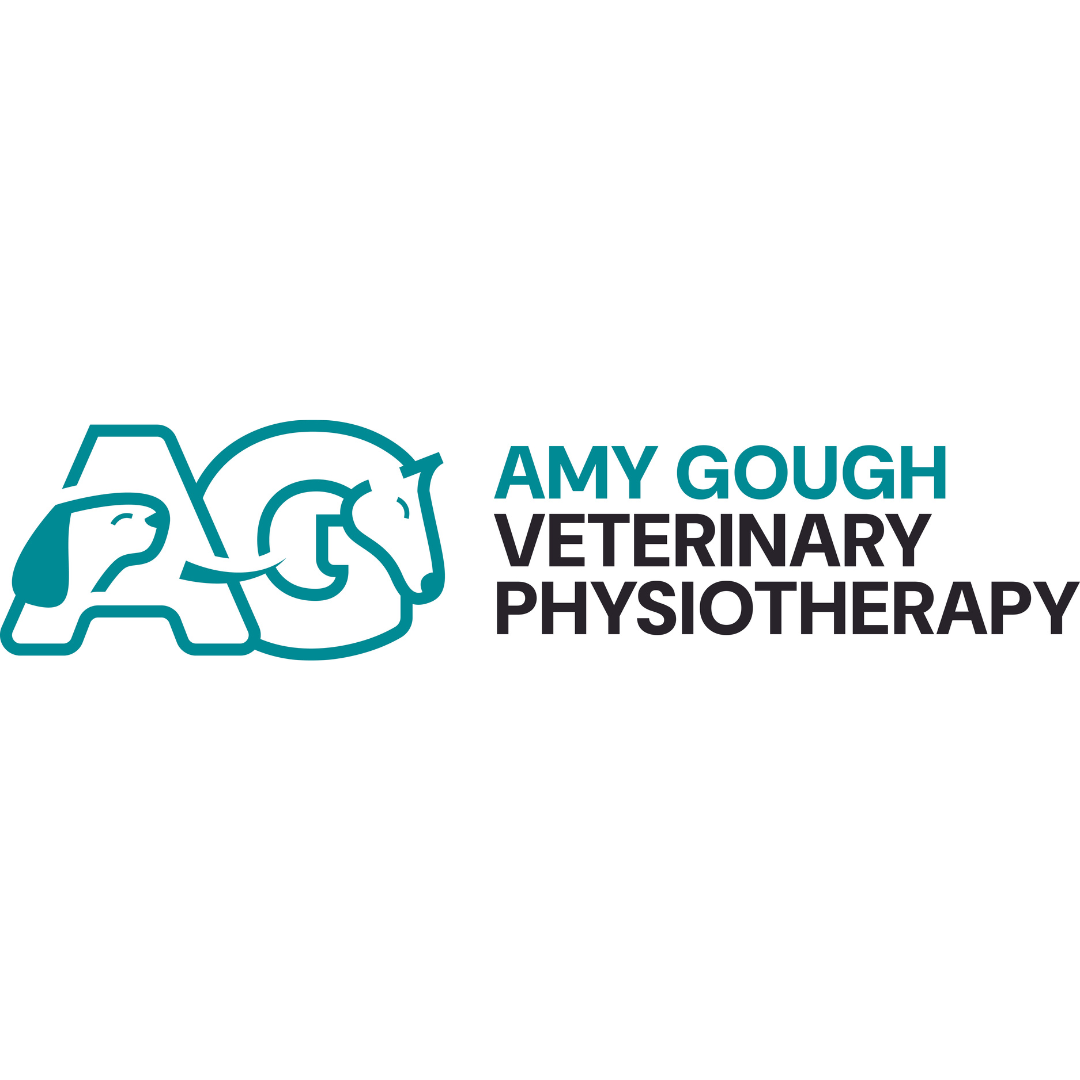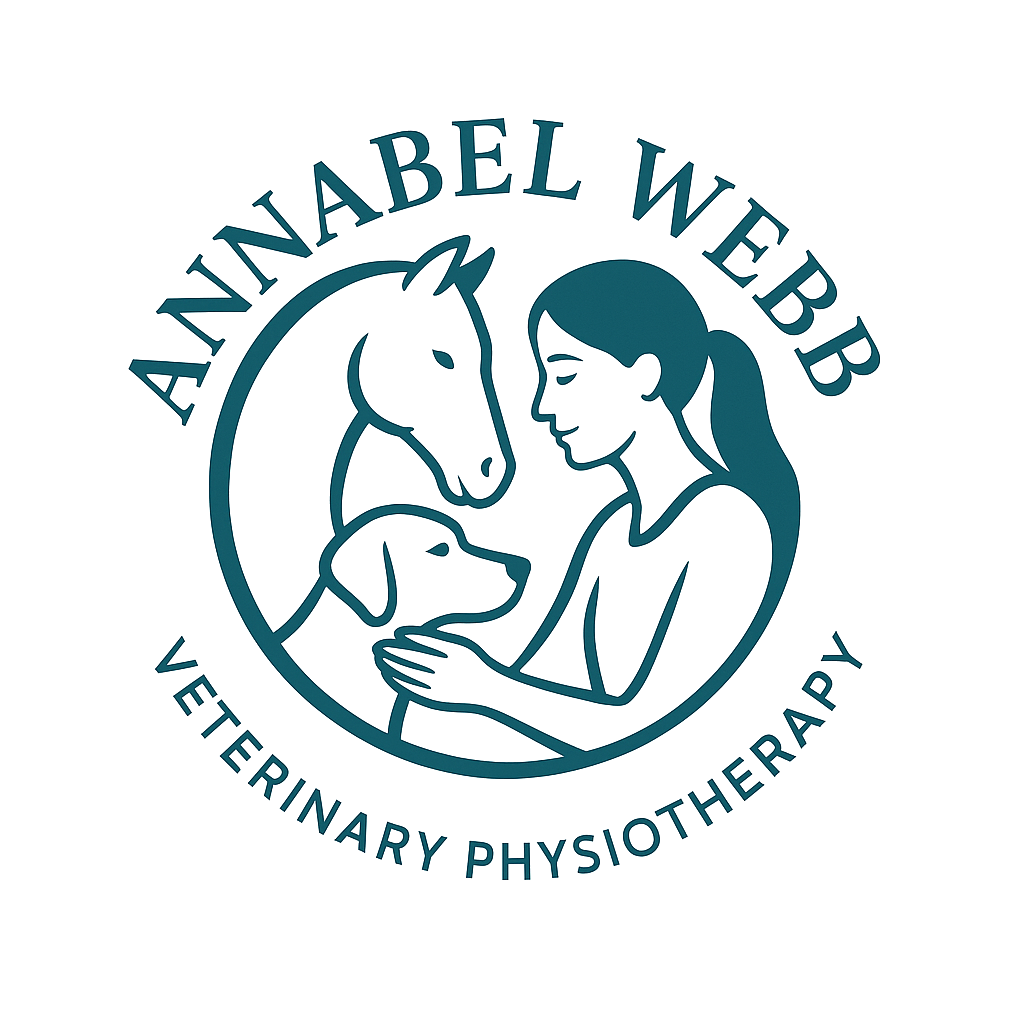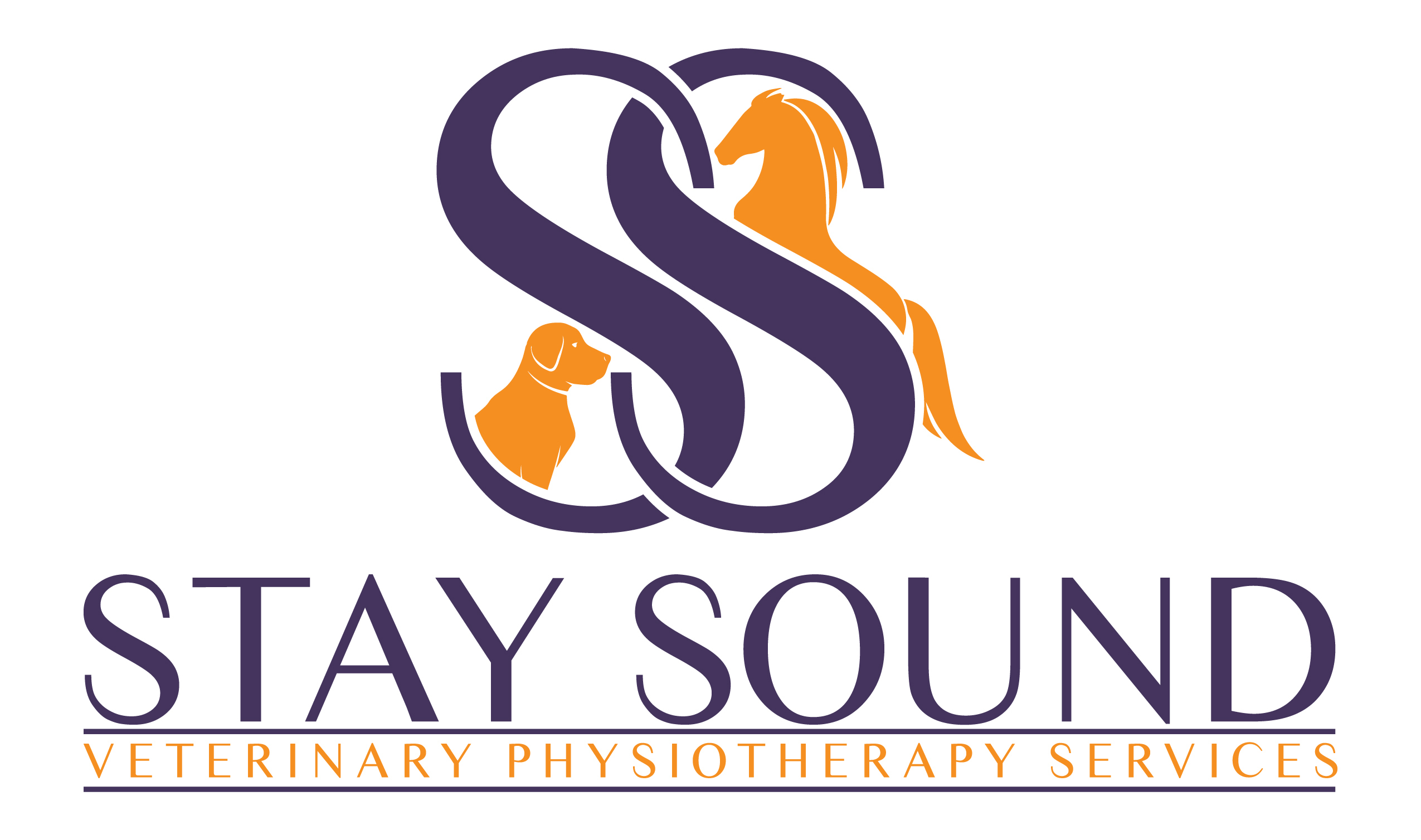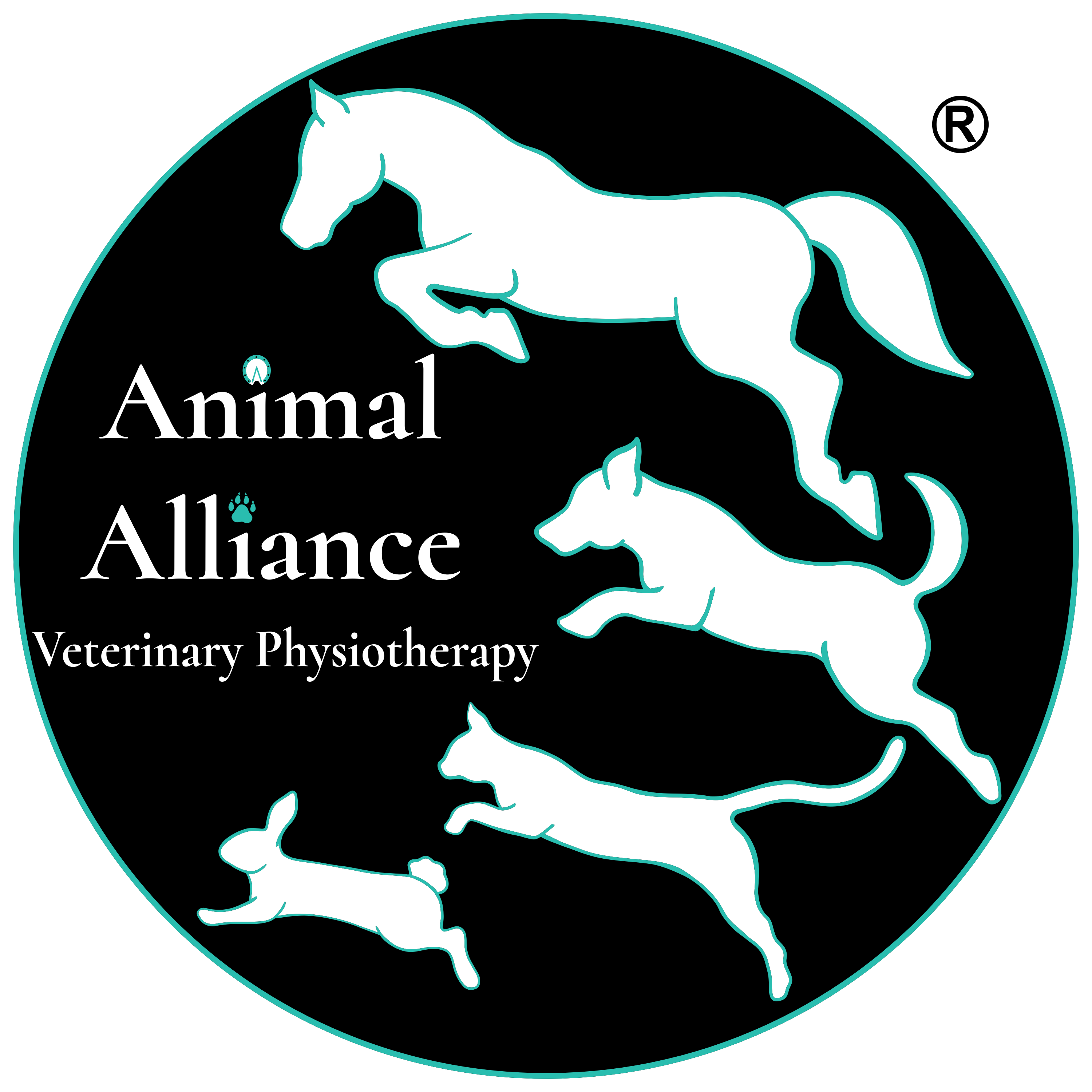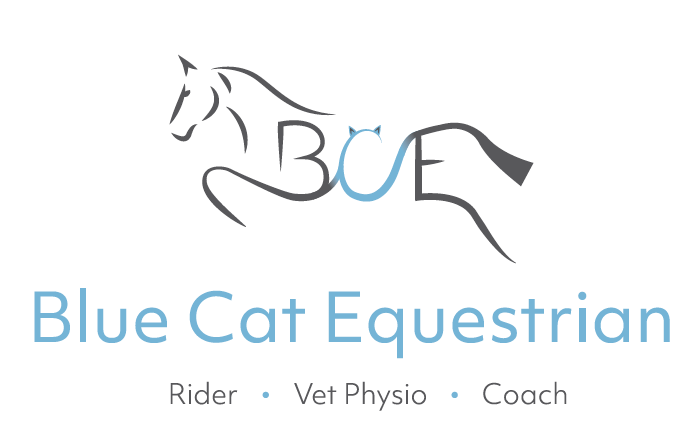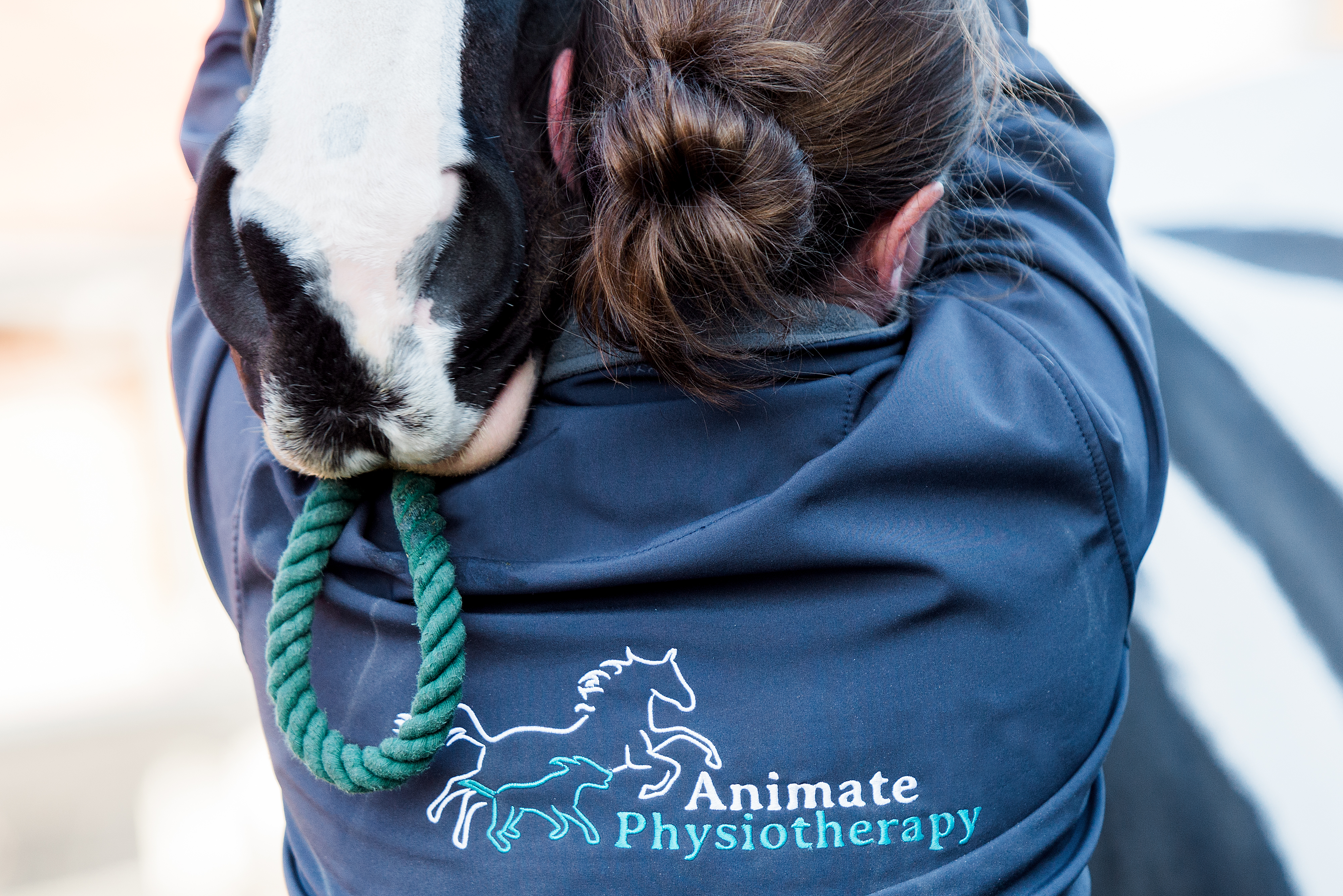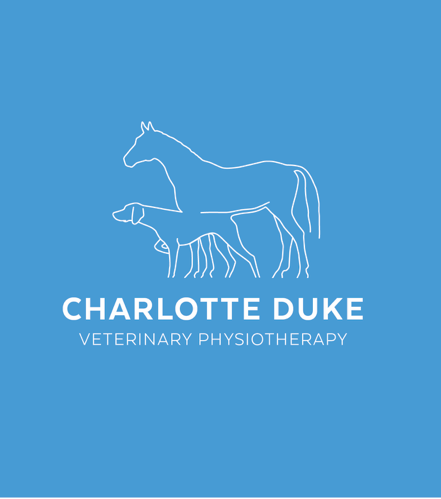NAVP-registered Veterinary Physiotherapists provide expert, tailored care to support the comfort, recovery, and performance of horses, donkeys, and equines at every stage of life and activity.
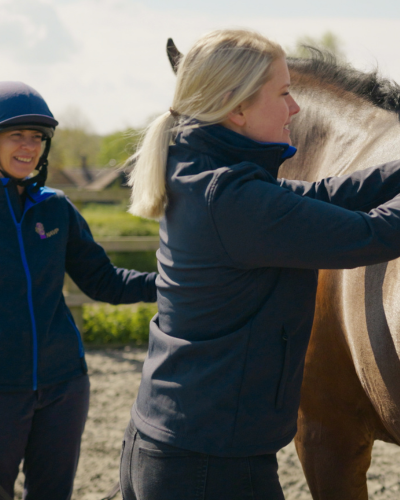
Whether you’re a competitive rider, a leisure horse owner, manage a busy yard, or care for donkeys, NAVP-registered Veterinary Physiotherapists are here to support the comfort, performance, and long-term wellbeing of your animals.
Our members are highly trained in evidence-based techniques to support recovery from injury, improve mobility, develop muscle strength, and enhance overall performance. They work closely with your vet to create tailored treatment and management plans suited to each animal’s unique needs—whether they’re in full work, retired, or require ongoing support for chronic conditions.
Use our directory below to find a qualified and trusted equine practitioner in your area.
Showing 1-15 of 79 Results
